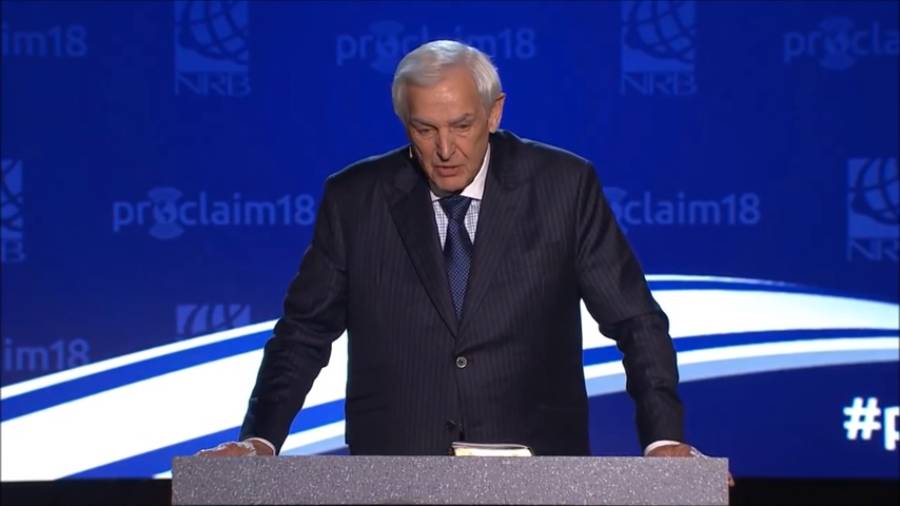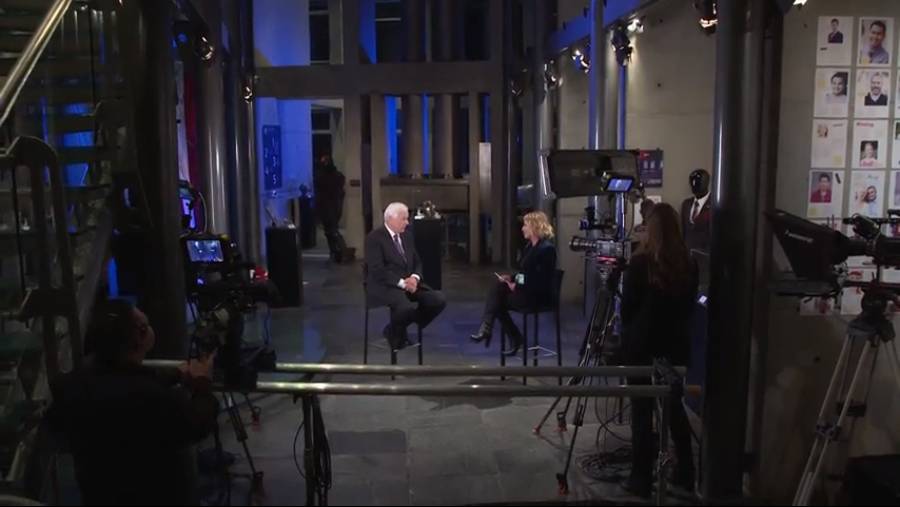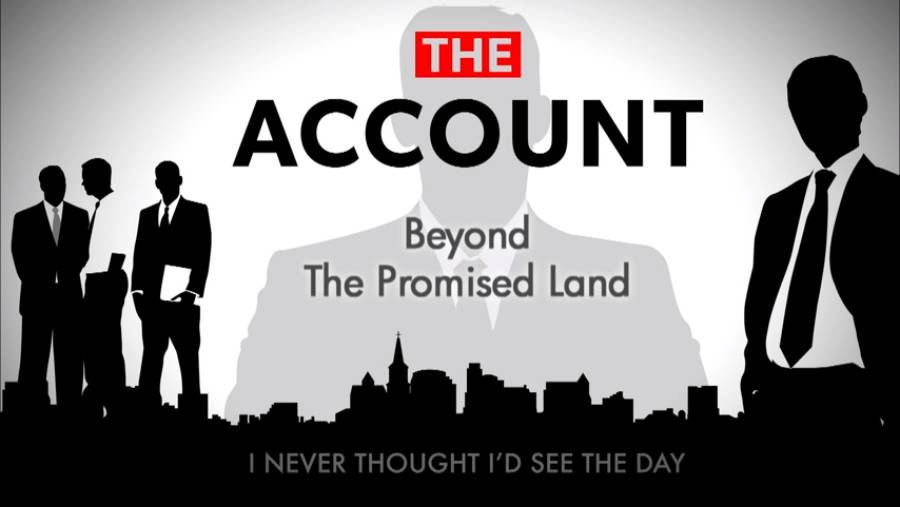

Dr. David Jeremiah Presents
Living inthe Ageof Signs
Online Destination

Living in the Age of Signs
Online Destination

Abba, Father
Today’s Audio Devotion:
Abba, Father
One of the most obvious differences between the Old Testament and New Testament is how God is referred to. In the Old Testament, God is called the Father of the nation of Israel or of certain individuals 15 times (although father imagery is sometimes used). But in the Gospels, God is referred to as Father some 165 times! And the apostle Paul refers to God as Father some 40 different times in his epistles.
It is thought by scholars that Jesus, and most of His contemporaries, spoke Aramaic, a dialect of Hebrew. The word they would have used for “father” was the Aramaic word abba, a personal and intimate word. When the New Testament was recorded in Greek, most occurrences of abba were translated with the Greek word pater—but abba is preserved in three instances: Mark 14:36, Romans 8:15-16, and Galatians 4:6. Each of these verses reflects a level of personal intimacy which abba conveys. It has been suggested that abba is the equivalent of the modern word “daddy”—the way a child addresses his father.
When you address God as Father in prayer, reflect on the fact that you are His child, adopted into His forever family (Galatians 4:4-7).
A Christian is one who has God as his Father.
J. I. Packer
For Your Phone or Tablet
Official Mobile App and Lock Screens
Beyond the Promised Land
This is episode nine from The Account, an original Turning Point Television production that was created to introduce David Jeremiah's teaching series I Never Thought I'd See the Day! Its message remains relevant for us as we are Living in the Age of Signs.
The Account takes you back to the 1960's when the advertising agency of Wyndham Ridgestone landed the most mysterious client in the history of their firm. This shadowy and intimidating Client hires the firm to influence the masses—to sway the behavior of people toward a liberal mindset—to market a moral shift in American culture. The faceless and nameless Client presents ten issues to the advertising firm and employs it to create these morally destructive campaigns.












